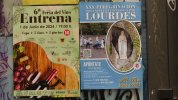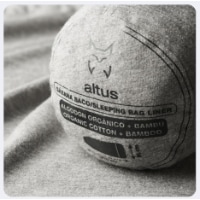Margaret Butterworth
Active Member
- Time of past OR future Camino
- 2013 (Pamplona to Burgos)
2014 (Burgos to Villafranca del Bierzo)
2015 (Villafranca to Santiago)
2016 (Le Puy to Conques; SJPP To Pamplona)
I first came across the idea of pilgrimage when I studied English Literature at school. One of our set books was the Prologue to the Canterbury Tales by Chaucer. A merry band of pilgrims set off from London to travel to Canterbury. Their destination was the tomb of Thomas a Becket, who was murdered in 1170. “Who will rid me of this turbulent priest” is an unsubstantiated quote of Henry II. Four knights did just that, right there in Canterbury Cathedral. The interesting thing to me, as a modern day pilgrim, is that these medieval pilgrims rode on horseback. Nowadays, purists believe that you should walk every step of the way to Santiago de Compostela. In the Middle Ages, the mode of transport was not important. You just had to get there!































